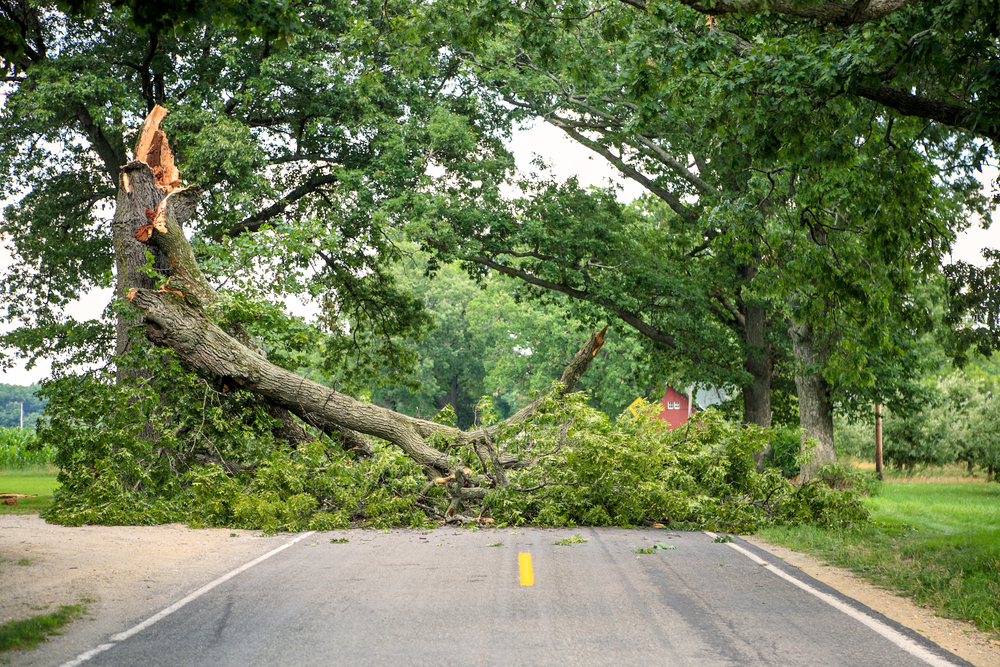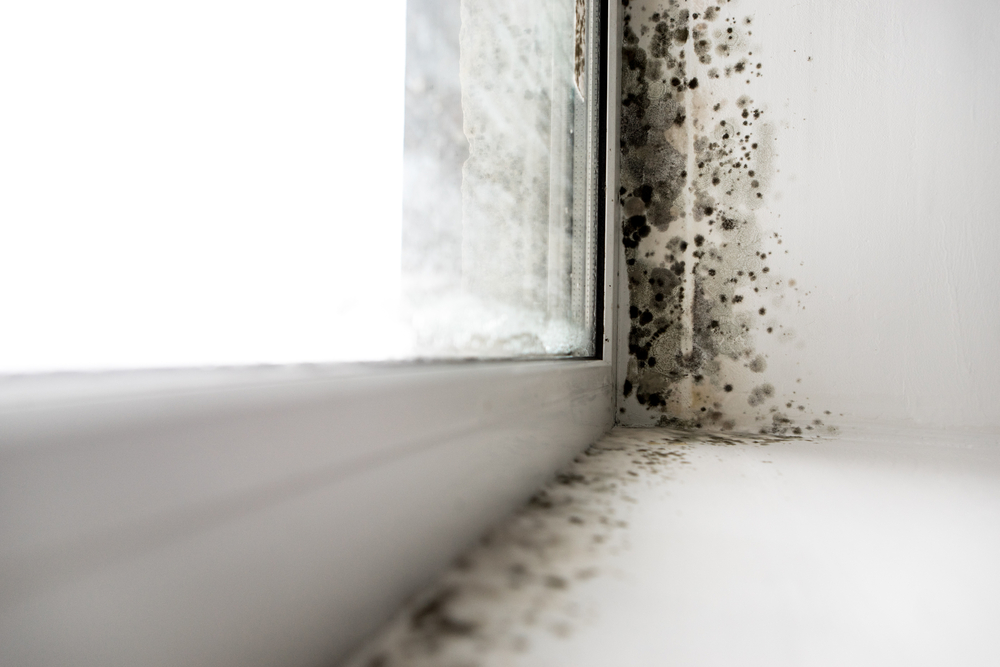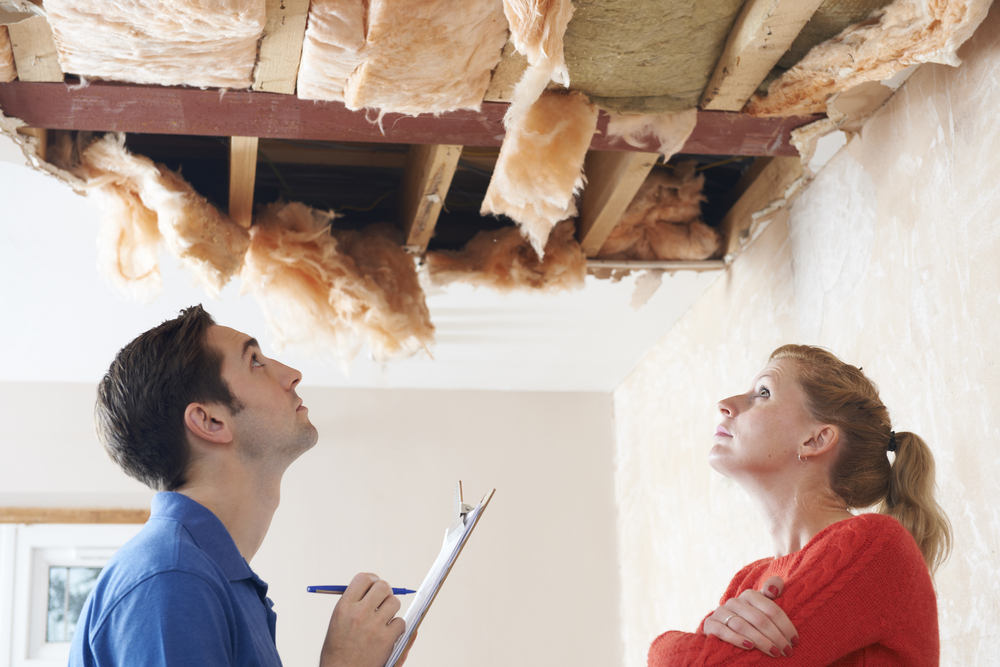
How to Safely Get Through a Severe Midwest Storm
In the Midwest, we’re fortunate that we don’t experience hurricanes, tsunamis, or a slew of other natural disasters. But despite its healthy distance from any fault lines or oceans, our region can still produce plenty of severe storms of its own.
Here’s what to do the next time you see that thunderstorm warning flash across the bottom of your screen or hear the tornado siren start to blare.
Before the storm hits:
- Have your emergency survival kit ready.You should always have an emergency survival kit in your home. Keep it in an easy-to-find location, and check regularly that it’s still in good shape.Some items to include are drinking water, non-perishable food, flashlights and extra batteries, a battery-powered radio, a standard first aid kit, copies of important personal documents like passports and medical records, and extra cash. Depending on your family’s unique situation, you might also need to include prescription medications.
No one wants to gather all of these items when they’re in a rush and stressed, so make sure you have everything organized beforehand.
- Regularly inspect your home’s siding, windows, and roof.You should routinely check your home’s exterior for any signs of wear that could make it more susceptible to damage by strong winds and rain. If you notice any cracks, missing shingles, or loose boards, it’s important to fix them right away.
During the storm:
- Head indoors, away from windows.As beautiful as thunder and lighting can be to watch, the safest thing to do in a storm is to get as far away from any windows as possible. Strong winds can send hail and other debris flying into the side of your home, and you don’t want to be in the vicinity if any glass shatters.
- Take further shelter in a basement or sturdy structure if necessary.If the storm is particularly severe — think winds above 50 miles per hour or any mention of a tornado — it’s extra important that you take shelter in a sturdy location. The best option is a basement or concrete cellar without any windows, but if this isn’t possible, a room in the middle of a building’s ground floor can also offer some protection.
- Keep off the roads.If you happen to be driving your car when the storm hits, it’s important to get off the road as soon as possible. You should never try to take shelter in your car or under a highway overpass — these locations do not offer protection from high winds and can actually increase your risk of being struck by flying debris.
If you can make it to a safe building, that should be your first option. Hospitals and state- or community-run locations are usually happy to open their doors in a storm warning. If this is impossible, take shelter in the lowest ditch you can find and lay as flat as you can.
After the storm:
- Wait until the all-clear to come out of your safe location.Make sure you remain in your shelter until confirming that the storm is over. Just because you hear the winds die down doesn’t mean the storm has passed — there is often an ebb and flow to severe weather. Stay tuned to local weather channels, websites, and radio stations for the most up-to-date information.
- Take a lap around your property and document the conditions.Once it’s safe to come out, you should evaluate your home for any damage. Walk the perimeter of your property and document anything that looks unusual — the most common issues you might find are broken glass, missing roof shingles, or broken window shutters. Make sure to pay close attention to your doors and windows to check that they are still securely attached in their frames.
- Call a professional restoration company to help restore any damage.If you notice any damage to your property, get in touch with a professional restoration company right away. We’ll come out to assess the damage, board up any broken windows or doors, and get your life back to normal as soon as possible.
- Replace or refine your emergency survival kit, and plan for next time.After the storm passes, it’s a great time to think about how things went. Was your emergency kit ready and accessible? Did your safe location offer enough protection for you to feel comfortable?
If you used any items in your survival kit, be sure to replace them, and add in anything else you think you missed. That way you’ll be even more prepared next time!
Sources:
National Weather Service
Ready.gov

Join our Newsletter
Receive regular updates on tips and tricks to keep your house or office building in tip-top shape.





















